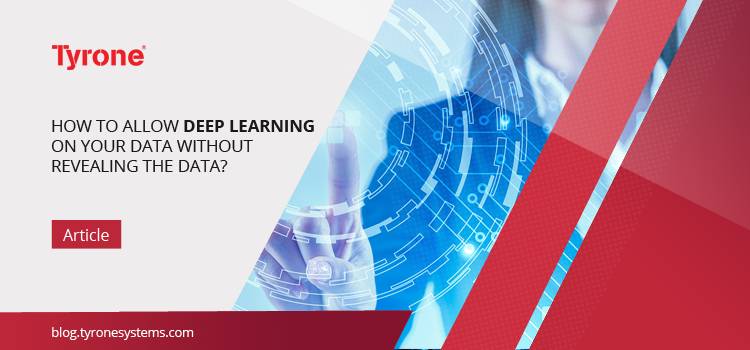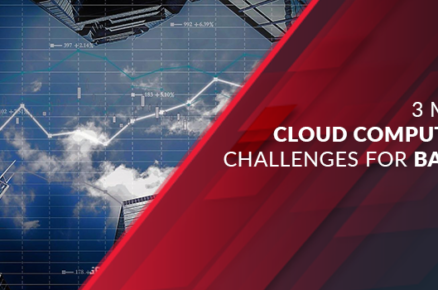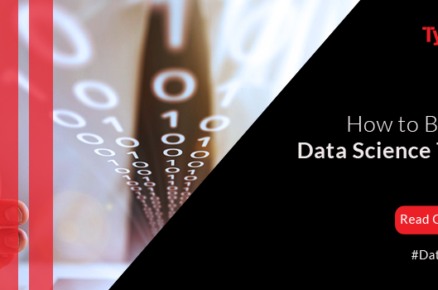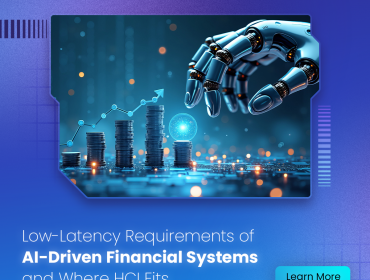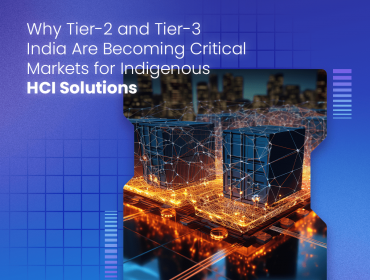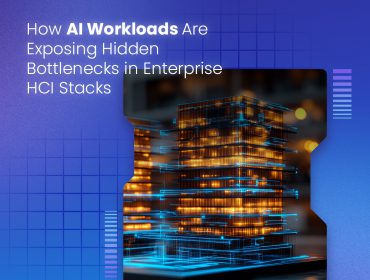The growing technologies and the expanding world of the internet are based on a simple element with extraordinary powers. Consumer’s data is the most important thing in the world of the internet of things. Any individual’s personal data is shared via the internet of things to make the search results and other internet activities personalized. The exchange of one’s privacy is for inborn convenience. However is it? It seems significant as giving the data directly to the machine learning is unleashing it towards the training algorithm.
The process of deep learning required to interconnect AI and machine learning in order to make decisions based on data often develops constraints. Even though monitored machine learning models have proven to be useful for numerous business challenges, the limitations on its applications are vast. These models are extremely data-catching and usually impose operational defects. Their functions completely rely on the available size of the training data. It also defines the efficiency of these systems in their performance. However, a major constraint in this issue is the creation of huge training datasets and further handling. This article consists of various methods to prevent these issues. Let’s take a look:
- Build A Utility-Based Application Aquire Data & Give It Away
An approach, which can be used to mitigate this issue is to create a cloud application and gue its access to consumers. The app would further acquire data, which can be used for creating machine learning models. This application must be supplied for free to gather maximum data. Further, you can manage it through a distinct dataset to be deployed in the ML solution. This method or approach would help you tell your stakeholders that you have your own unique dataset. This would also help you resolve the issue without publicizing your data.
- Transfer Learning
This is a method that uses knowledge via a learned task in order to optimize the performance for a specific task, usually minimizing the amount of data required. The techniques of this method are important as well as beneficial as they utilize models to do forecasts in the context of a new domain or task with the help of knowledge learned from a different dataset or through a former machine learning model which is the source domain.
This technique is specifically required under the circumstances, where training data is not being targeted. Also, the target domains and the source are not completely identical, however, do have a certain resemblance. Transfer learning works efficiently when you are equipped with different datasets. These datasets can be used for inferring knowledge however when the data is not available, you can utilize data generation aids.
- Differential Privacy
Differential privacy is a process that involves the precise addition of noise in the training process with evaluated amounts. It’s the improvised version of well-used data anonymization techniques protects the privacy of the individual data through the release of canonical application through noised data.
This idea was implemented in the machine learning through postulating that privacy in the context of machine learning reflects trained classifiers that are independent of an individual’s data. In simple terms, in case the training of the classifier is based on N individuals, the behaviour of the classifier should be consistent no matter if there are any omissions in the dataset.
The application of Differential Privacy in the process of deep learning supports gradient computation and its value against the addition of loss gradients correlating with specific data points. It also means that adding noise in the specific individual gradients as per evaluation would enable the creation of classifier limit concerning the specific data point.
- Data Augmentation
Data augmentation is the process of enhancing the data points quantity. This process will enable you to enhance the number of images present in the data set. In the context of the conventional column and row format data, it indicates a rise in the number of objects or rows.
Data augmentation has two irresistible benefits namely accuracy and time. The data collecting process is related to cost. Such cost is not necessarily the monetary value, it could be a human effort, time applied in the process, resources involved in computation and of course the money as well. One of the implications is to augment the existing data in order to amplify the data size required to be fed in the ML classifiers. Also, one of its consequences is to pay for the cost involved in the data collection procedure.
In certain cases, you can rotate the actual image, crop it in different style and modify the lighting effect. This will help you produce different sub-samples. It will also minimise the overfitting of your classifiers. Although, in case you are producing artificial data through the method of over-sampling, you might get into the process of creating overfitting.
Conclusion
Use of encryptions and all the above-mentioned methods on the data would enable you to leverage machine learning without compromising the confidentiality of your data. These methods would transform the definition of utility trade-offs in the present world of the internet. Choose the right method, apply the correct tool and you are set to be the leader.
Find out how Tyrone AI and machine learning solutions can supercharge the productivity of your business?
Get in touch: info@tyronesystems.com


